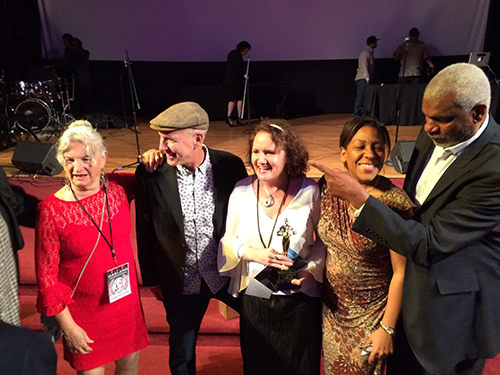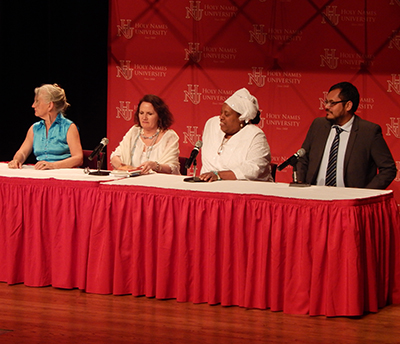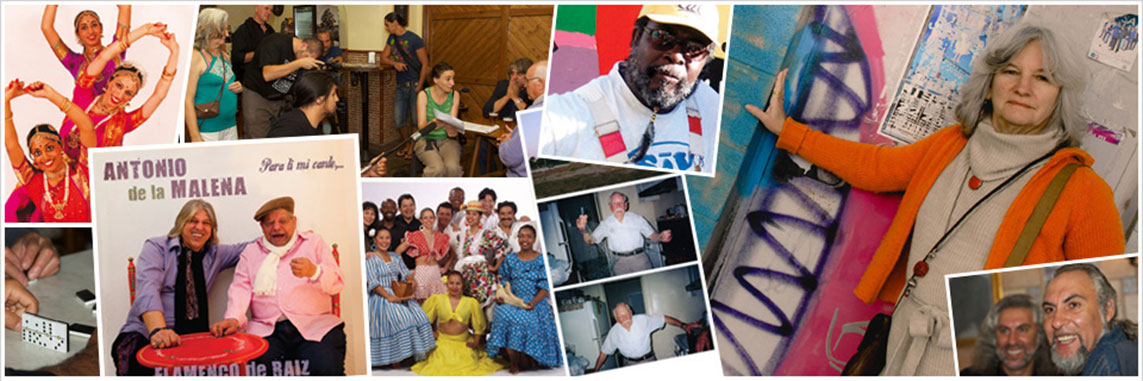 I remember hearing a school teacher friend once remark that in the school district of the area where I live, the kids speak a combined total of more than 90 languages. This, obviously, is daunting but it also shows just how much richness and cultural diversity we have in this area - the East Bay of the San Francisco Bay Area.
I remember hearing a school teacher friend once remark that in the school district of the area where I live, the kids speak a combined total of more than 90 languages. This, obviously, is daunting but it also shows just how much richness and cultural diversity we have in this area - the East Bay of the San Francisco Bay Area.
In other parts of the country, you find a similar diversity, especially in the major urban areas all along the California coast, and on the East Coast from Washington, D.C. on up through New York.
Ethnic and cultural diversity are not unique to the United States, of course. Indeed, as an example, the small country of Laos boast a population that speaks 82 different language; each language represents a different ethnic group.
In addition to richness and complexity, ethnic and cultural diversity bring challenges. For one thing, the older segments of the population - the native born, if you will - feel threatened. For another, school teachers have trouble communicating with many of their students. In addition, people of varying ethnic groups may feel antagonistic towards each other, including kids in the school system.
Then, there is the issue of whether or not these diverse groups can, or should, be assimilated. What, as a matter of fact, does "assimilation" actually mean? Do we need everyone to have a common culture? Do we need to all look at life in the same way?
 I think not. I think that, yes, it is important for as many people as possible to learn the national language, which is English. We do need to recognize however, that not everyone will be able to: among recent immigrants, for example, the elderly and people who work very long hours immediately come to mind.
I think not. I think that, yes, it is important for as many people as possible to learn the national language, which is English. We do need to recognize however, that not everyone will be able to: among recent immigrants, for example, the elderly and people who work very long hours immediately come to mind.
But for people of different backgrounds to maintain a substantial part of their original culture while at the same time adopting enough of our system of govenment to be able to function in it seems to me to be a good thing. It gives us a wider knowledge of how life's problems can be solved.
This series was created with this thought in mind, and the additional thought that in fact we know far less about people outside of our own social and cultural circle than we recognize. In the series, we look at Anglo-Americans and African-Americans and Native Americans; at Homg refugees from Laos and immigrants from Iran, Mexico, and Bulgaria. Hopefully, these interviews will open a door on to more of the diversity we find around us, and will prove interesting and enjoyable in the process.
